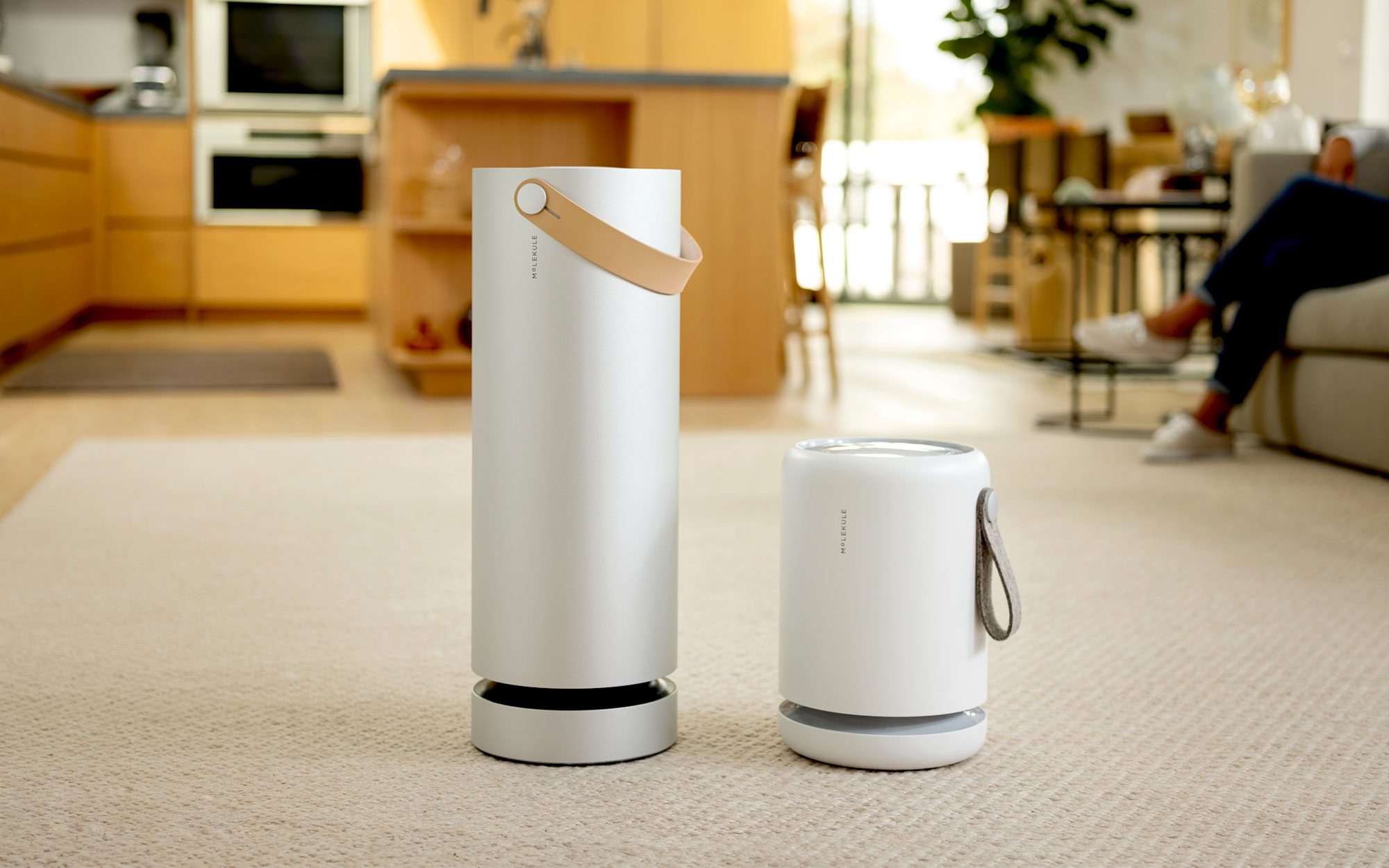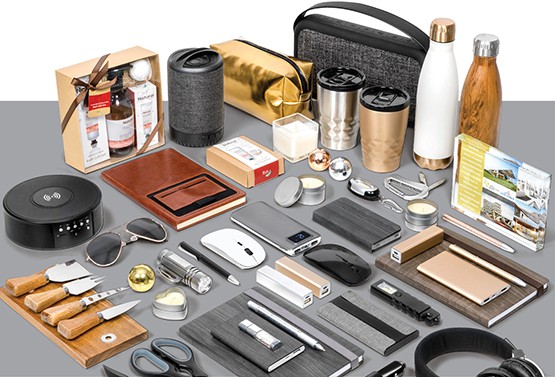Air Purifier The Ideal Choice for the Home
Activated carbon filters are well suited for adsorbing gases and scents which can be too little to be trapped with a HEPA filter. “Adsorb” is not really a typo; “adsorption” does occur when products fix via a chemical reaction.
Unstable Natural Compounds (VOCs) are within a wide variety of common house products: offers, varnishes, cleaning materials, disinfectants, glues and adhesives, and even new carpet and developing supplies. Look for elements like benzene, chloride, formaldehyde, ethylene, and toluene. VOCs could cause these symptoms: discomfort of the eyes, nose, and neck, problems, vomiting, and actually extreme serious wellness situations such as for instance harm to the nervous system. The current presence of VOCs also can exacerbate asthma. Microorganisms contain antigens, infections, microorganisms, and viruses. They’re the everyday germs which make people sick. Shape is also considered a microorganism.
Different air cleanser filters target different types of air pollution. HEPA air cleansers are typically the most popular, and they’re ideal for removing house allergens such as dust, animal dander, and pollen, but they’re not very good at taking ultra-fine contaminants like infections or removing strong smells or chemical fumes. Since various air cleaner systems have different advantages and weaknesses, several contemporary air cleaners combine several filter types in the exact same unit. Like, the Austin Air Very Blend Healthmate uses a HEPA filtration along having an triggered carbon filtration to greatly help eliminate scents and fumes. Let’s take a closer look at the various kinds of filters:
HEPA (High Effectiveness Particulate Air) Filters set the conventional for air purification. By classification, a HEPA filtration removes at least 99.97% of particles as small as 0.3 microns. HEPA air devices were formerly developed by the Nuclear Energy Commission to capture radioactive dust particles. HEPA filters let just tiny contaminants to feed them. Allergens such as for instance pollen, animal dander, shape spores, and dirt get stuck in the filter.
The main problem of the HEPA air cleaner is that you have to routinely change the filter. The main gain: If it’s HEPA licensed, then you definitely know it operates well. Not absolutely all HEPA filters are manufactured equal. Measurement issues: the more sq legs of HEPA filtration, the more particles it will have the ability to remove. The measurement, product, and construction of the actual filtration press all play a role in the air purifier’s performance and may account fully for why one HEPA filtration is higher priced than another.
Ion Generators and Ozone Machines produce priced particles (ions) and emit them in to the encompassing air. These ions combine with impurities (like dust) in the air, forcing the impurities to cling to a nearby surface. Therefore, ion machines frequently create dirty locations on nearby surfaces and floors since they don’t eliminate toxins; ion machines simply force toxins to cling to a surface (in the same way that fixed electricity may make a sock cling to a shirt). Ion turbines are the 2nd most popular type of air cleaners, however they equally emit ozone, a powerful lung stimulant that is specially harmful for those who have asthma and other serious lung conditions, children, and the elderly.
Electrostatic Precipitators work on the same theory of energy as ion generators and ozone turbines, but electrostatic precipitators catch toxins somewhat than simply forcing them to stick to an additional surface. Electrostatic precipitators, like the Molekule review Air Purifier, use electronic cells to cost contaminants within the filter and immediately trap the toxins on enthusiast plates. The main benefit with this sort of air purifier is that the collector plates never have to be replaced; they could be simply rinsed in the dishwasher. Be aware that some electrostatic precipitators also produce ozone.

